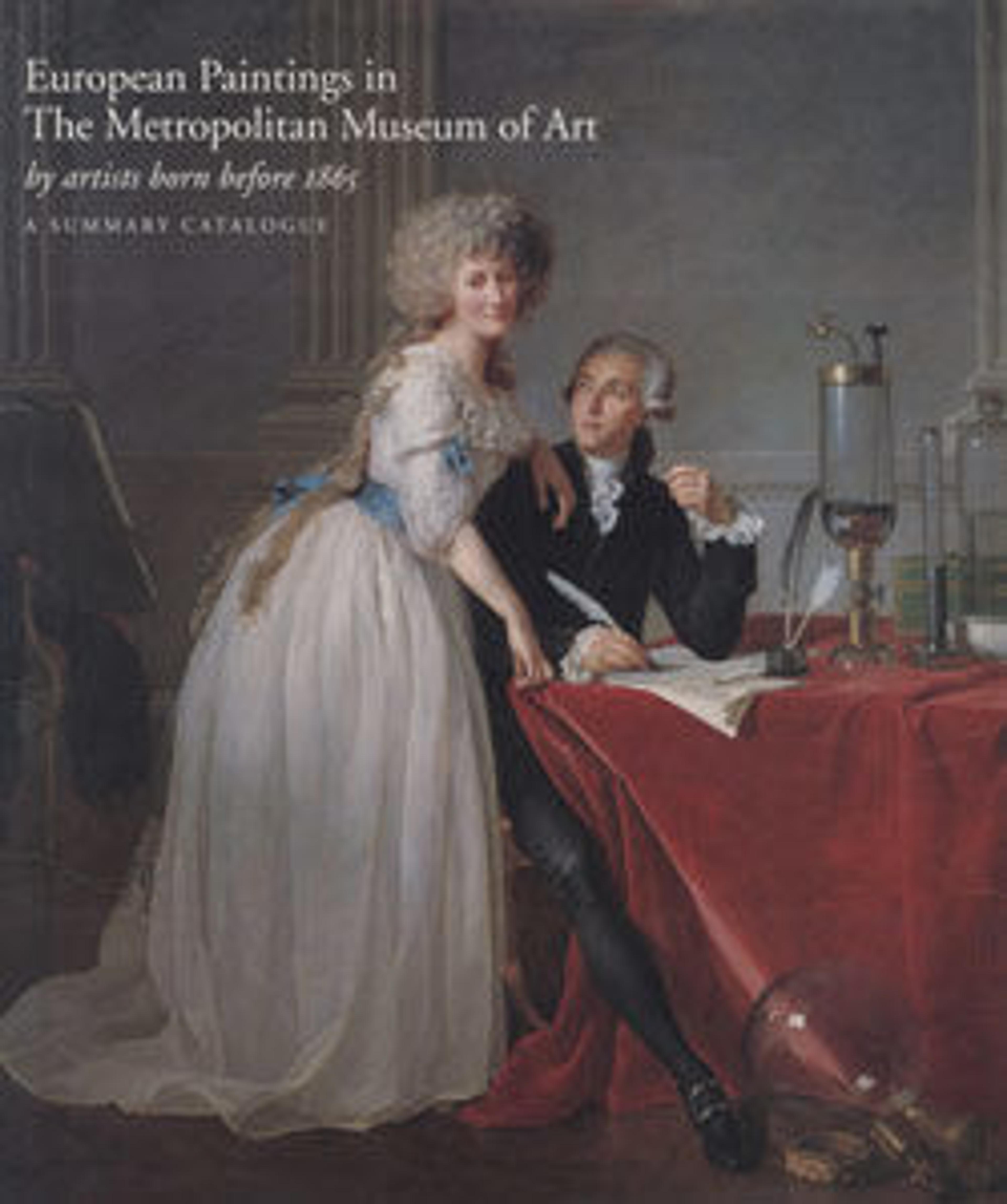Saint Roch
This altarpiece by Francesco Francia, the leading artist in Bologna, was painted in 1502 for the church and hospital of Santa Maria della Morte (Holy Mary of Death). It depicts Saint Roch, who died in 1376 or 1377 after being unjustly imprisoned in Montpellier. The bubo on Saint Roch’s thigh shows that he is a plague saint whose powers lie in curing the sick. His mission as both a healer and a patron saint of the falsely accused reflects the hospital’s commitment to caring for prisoners and victims of the Black Death. On the feast day of Saint Roch, members of Santa Maria della Morte honored his memory by releasing a prisoner.
Artwork Details
- Title:Saint Roch
- Artist:Francesco Francia (Italian, Bologna ca. 1447–1517 Bologna)
- Date:1502
- Medium:Tempera on wood
- Dimensions:85 1/4 x 59 3/8 in. (216.5 x 150.8 cm)
- Classification:Paintings
- Credit Line:Gift of George R. Hann, 1965
- Object Number:65.220.1
- Curatorial Department: European Paintings
More Artwork
Research Resources
The Met provides unparalleled resources for research and welcomes an international community of students and scholars. The Met's Open Access API is where creators and researchers can connect to the The Met collection. Open Access data and public domain images are available for unrestricted commercial and noncommercial use without permission or fee.
To request images under copyright and other restrictions, please use this Image Request form.
Feedback
We continue to research and examine historical and cultural context for objects in The Met collection. If you have comments or questions about this object record, please contact us using the form below. The Museum looks forward to receiving your comments.
